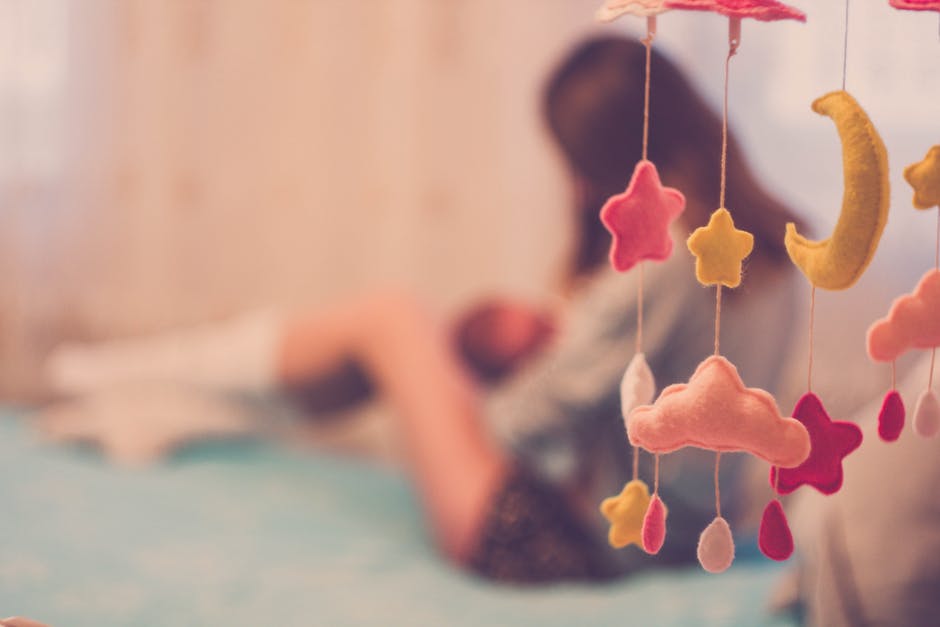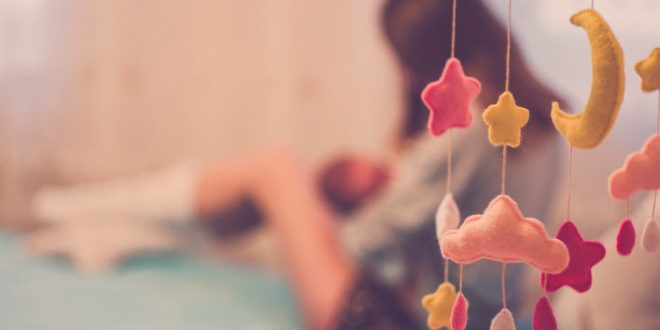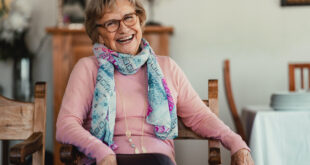I’ve been reading up on ‘Attachment’ theory for a new parenting course I am helping to write. Put very briefly, newborns start out life attaching themselves to a caregiver who meets their needs, protects them and responds to them. They soon focus in on one main caregiver – it’s usually mum, but doesn’t have to be. By the end of their first year, they start to form connections with others and seem to attach themselves to people other than their primary caregiver as well. But right through, the most important relationship is with their main caregiver. If the caregiver is reliable, responds to them and has a reassuring presence in the child’s life, that child will become securely attached. Attachment theory says that a child who is securely attached will be less stressed, more courageous and more content. Their personal, emotional and social development will flourish too.

The good news is that you don’t need to be a ‘super-parent’ for good attachment to happen. If you are reliably available, reliably responsive and cuddly, you’ll be home and hosed.
And what about older kids?
A guy called Dan Hughes worked with kids in care and he helps to create a stable, secure base and safe haven for children, allowing them to heal. He developed what he calls the ‘PACE’ method to gain a good attachment. ‘PACE’ stands for Playfulness, Acceptance, Curiosity and Empathy.
If you are playful and fun, accepting rather than judgemental, if you a curious and take an interest in their world, and have empathy (showing that you want to feel what your kids’ feel), then you’ve got PACE, and your kids will blossom.
By John Cowan, The Parenting Place
Improving and equipping families to thrive.
Read more from John and The Parenting place here.










Join the Discussion
Type out your comment here:
You must be logged in to post a comment.